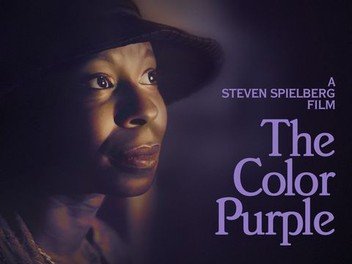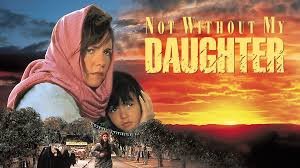The Color Purple (1985) is a deeply emotional and visually striking adaptation of Alice Walker’s Pulitzer Prize-winning novel. Directed by Steven Spielberg, with a screenplay by Menno Meyjes, the film is a powerful exploration of trauma, survival, sisterhood, and spiritual rebirth in the face of overwhelming oppression.
Set in the rural American South during the early 20th century, The Color Purple follows the life of Celie played by Whoopi Goldberg, a young African American woman who suffers unspeakable abuse at the hands of the men in her life. First her father, then her husband, known only as Mister played by Danny Glover. Stripped of her voice, her confidence, and her children, Celie’s journey is one of reclaiming her power and discovering her worth.
At its heart, the Color Purple is a story about the resilience of Black women. Celie’s eventual transformation is inspired by the women around her most notably Shug Avery played by Margaret Avery, a fiercely independent blues singer, and Sofia played by Oprah Winfrey, whose defiance in the face of systemic racism and domestic violence serves as a counterbalance to Celie’s early passivity.
What makes The Color Purple enduring is its honest portrayal of pain and healing. Celie’s ultimate awakening, learning to love herself, finding her voice, and reconnecting with her long-lost sister feels not only earned but deeply spiritual. The film doesn’t rush redemption. Instead, it allows audiences to sit with Celie’s suffering, making her final triumph all the more powerful. It confronts the horrors of abuse, racism, and sexism with tenderness and grace, reminding viewers that even in the darkest of places, hope can bloom.


























